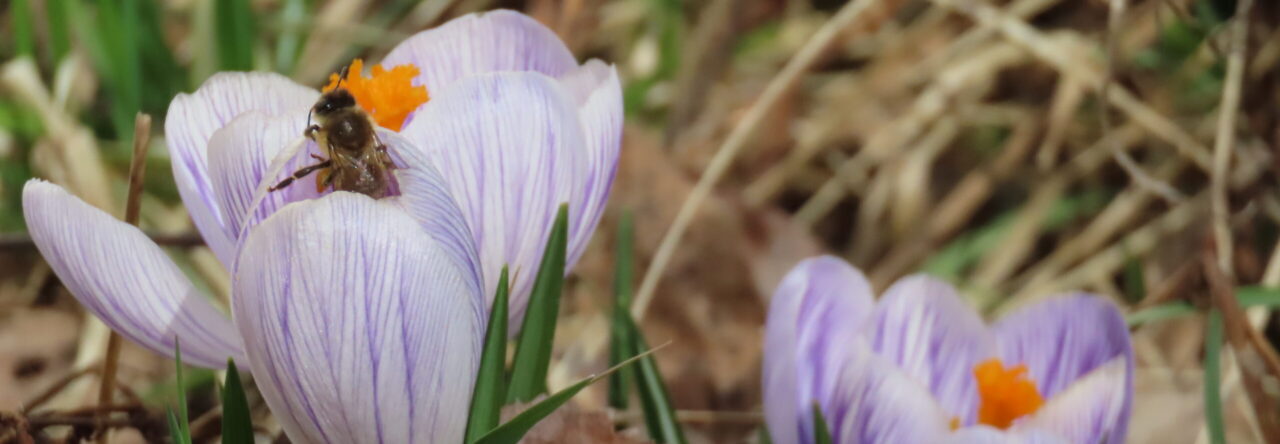Throughout CONT 917: Teaching Through a Sustainable Development Goals Lens, discussion posts have been made that follow formats from Project Zero, a research project that’s part of the Harvard Graduate School of Education. Project Zero’s mission is to understand and nurture human potentials. For this purpose and based on their research, they have developed a number of thinking routines that can be applied in the classroom. While there are a variety of thinking routines, they are meant to be developed as a routine.
Rather than trying them all, choose one to focus on based on the learning and thinking that students will be doing for a series of lessons. Repeat the thinking routine with different artifacts or articles so students can see how their thinking is developing and changing over time.
Below are some of the thinking routines used in CONT 917:
I Used to Think… Now I think…
Module 1 Task
For this thinking routine used in module 1, I recorded everything I thought about the United Nations. Then, after exploring resources such as the United Nations Charter, the Universal Declaration of Human Rights, the below video about the UN and the United Nations webpage about global issues, I completed the “Now, I Think” column.
| The United Nations and the Work They Do | |
| I Used to Think… | Now, I Think… |
| The UN is an organization that works to create peace worldwide. It’s based somewhere in Europe. The UN supported the development of Israel as a state even though it negatively affected Palestine. The UN created the Sustainable Development Goals. The UN created UNICEF to focus on children of the world. The UN is a NGO (non-governmental organization) and does not operate for profit. | Created in 1945 after WWIICurrently 193 Member StatesGeneral Assembly meets at UN Headquarters in New York city. Established human rights, children’s rights, and Indigenous rights. The League of Nations was the predecessor of the UN. It was established in 1919 following WWI. I didn’t realize how many specific issues the UN is organized to work against. There are many more niche issues listed on their website than the overarching goals of the GSDGs. The first and main point of the UN was to prevent another generation from experiencing the wars like WWI and WWII. |
Connect, Extend, Challenge
Module 2 Task
This thinking routine was used in module 2 after reading an article by Jill Suttie called How to Raise and Environmentalist. This thinking routine involves applying new ideas to previous learning, recognizing how your thinking has been extended, and considering what was challenging or puzzling.
| Connect | Teaching students about the environment is a way to encourage action that will, hopefully, continue as an adult. However, teaching about the environment by giving “doomsday predictions,” as stated by Jill Sutttie, only serves to lose student interest as the problems presented to them may not seem connected to their lives and communities. This aligns with what I already understand because kids and teenagers have limited global perspectives and don’t always pick up on how things are connected to their lives if it isn’t explicitly taught to them. Additionally, showing students ways that problems are being worked on can provide them with a sense of hope and purpose. |
| Extend | Although it seems obvious after reading about it, I hadn’t considered how being in nature can develop an attachment to it that results in climate action, even if the actions are small. Reading and watching videos about nature seems like an easy way to provide information, since narrations can be informative, but actual experiences in nature need to be focused on in order to develop attachment. Growing up, I had many experiences outdoors but there are many students in the present that aren’t given the same opportunities and wouldn’t have the same appreciation for it unless they are given more exposure to nature. |
| Challenge | Something that challenges me is the potential that parents won’t see the benefits of outdoor learning if it is done regularly in the intermediate or higher grades. In the primary grades, outdoor learning can be seen as play and learning about basic parts of nature, but for older kids that are learning more academic writing and higher mathematics, would spending regular time outdoors with a class result in pushback? |
Compass Points
Module 3 Task
The Compass Points thinking routine is intended for examining propositions. This routine explores ideas by relabeling the points of a compass (North, South, East, and West) to represent Need to know, Excited, Worrisome, and Stance or Suggestion moving forward. In module 3 after reading about different models of concept-based inquiry, I completed the Compass Points thinking routine.
N: Need to Know
I need to know more about how to plan an inquiry and implement it in the classroom.
E: Excited
This seems like a great way for students to learn and retain information that, ideally, they are interested in. It sounds more productive than just feeding them information and having them memorize it since they would be learning research skills at the same time.
W: Worrisome
What worries me is keeping kids on task and trying to help everyone with their searches if they are struggling to find information that leads them to answer the guiding question or concept. I’m also unsure about access to technology for doing the research.
S: Suggestions Moving Forward
I want to do more research into this to build more confidence. This isn’t something I’ve ever done before but I can see how it would be beneficial, especially as a project to be worked on over time.
References
President and Fellows of Harvard College. (n.d.). About. About | Project Zero. https://pz.harvard.edu/who-we-are/about
Suttie, J. (2016). How to Raise an Environmentalist. Greater Good. https://greatergood.berkeley.edu/article/item/how_to_raise_an_environmentalist
Published:
Last Modified:
